Size Matters: Xenoblade Chronicles 3
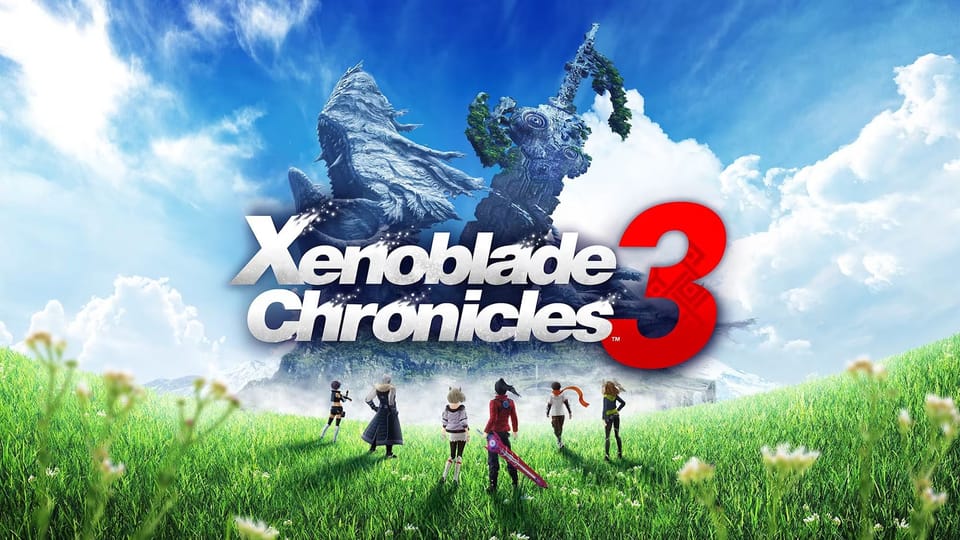
Spoiler Warning: This piece contains full game spoilers for Xenoblade Chronicles 3, earlier Xenoblade games, and Xenogears.
Oh, Tetsuya Takahashi.
How badly I want to love your games.
Xenogears blew my mind as a teenager, and held up wonderfully when I recently replayed it as an adult. I’m still impressed by the complexity of its themes, the way it manages to engage with morally complex villains and heroes, and how it successfully ties-up what I still consider the most ambitious video game story of all time.
After the series was scuttled by Square—for reasons more or less outside of Takahashi and partner Soraya Saga’s control—Takahashi’s continued to chase Xenogears’s dream, with many of its motifs, themes, and visual designs appearing in his follow-up games. His first attempt was the ill-fated Xenosaga series, which has some great moments, but ultimately fell short of his ambitions (maaaaaybe stop trying to make six game series?). He followed that with the Xenoblade Chronicles series. The first of which was a lovely surprise, treading some familiar ground with its story, but integrating MMORPG-style gameplay systems, world design, and exploration to the mix.
Its follow-up, Xenoblade Chronicles X, upped the ante with one of the most impressive open worlds ever designed, but at the expense of the deep stories that had ingratiated him to JRPG fans. A true sequel followed, Xenoblade Chronicles 2, which made some questionable changes to the original’s gameplay, tone, character design, and, well… everything. It was pretty bad—despite another gorgeous open world and a generally interesting story and worldbuilding—but, it did provide some interesting context as its connection to the first game was revealed during its ending. It seemed like Takahashi was on his way to—perhaps, possibly, maybe—realizing his dream of telling a longform, serialized story about, um, Jungian psychology, Jewish gnosticism, and, uh, gigantic mechs.
When Xenoblade Chronicles 3 was announced as the concluding arc for the story established in the first two games, I fought through heaploads of skepticism (I really didn’t like the second game), and bought the game at launch. And.
It was good!
Like, really good.
But.
The Adventure Begins
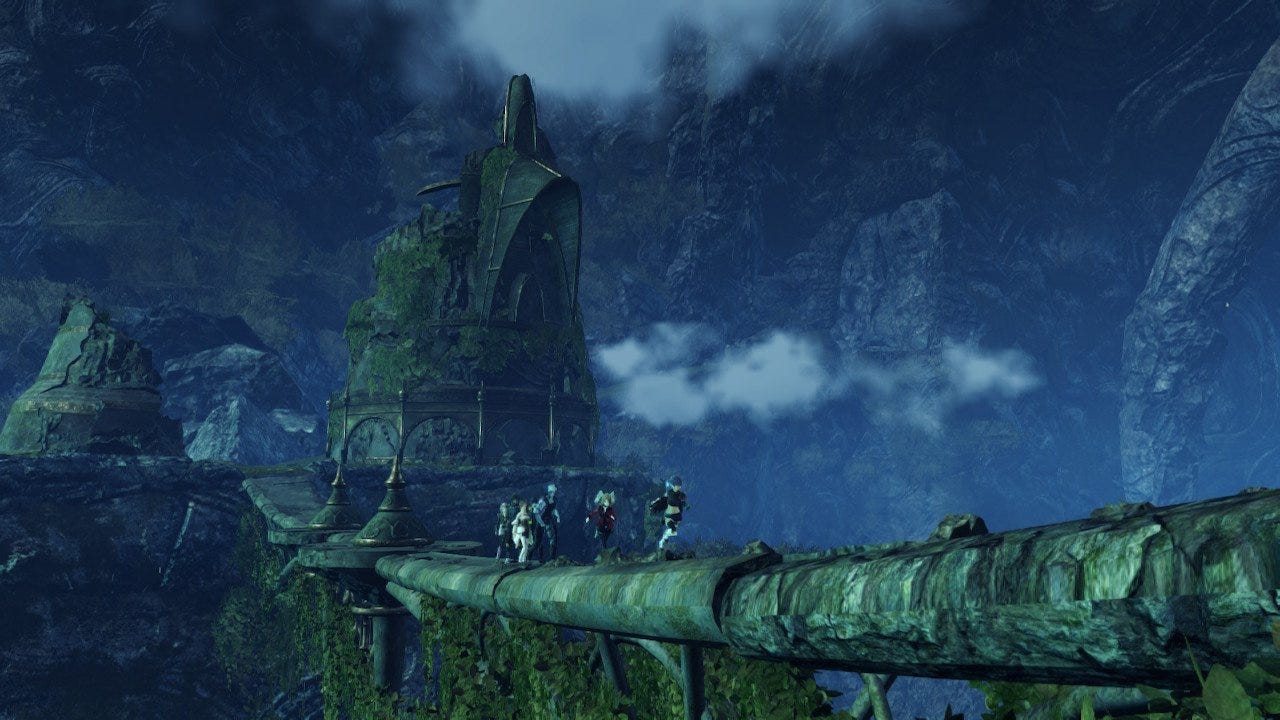
A lot of the issues with the second game were resolved: the gameplay systems simplified, no gacha mechanics, the cast was really great, and the setting—a world of eternal war between two nations, where everyone lives for a maximum of ten years—was unique and offered a new lens through which to enjoy fairly typical JRPG and anime tropes. I couldn’t get enough of the first ten hours, and generally enjoyed the next 20, but, then… it just kept going. And going. And going. And the story doesn’t pick up until the end of the fifth chapter—about 50 hours in.
And therein lies the probelm: Xenoblade Chronicles 3’s is big. Really big. Too big.
As I started playing it, I was nearing the end of my first full replay of Xenogears since its initial release in the late 90s. It’s a clear influence on Xenoblade Chronicles 3. The similarities are stark—so much so I’d argue Xenoblade Chronicles 3 is an intentional spiritual reimagining of Xenogears. It heavily revisits elements of Xenogears’s major themes in a way that’s designed to allow Takahashi to finally contextualize them in a larger story about birth, rebirth, death, free will, and destiny. He’s always yearned to make a large tapestry of stories unveiling key themes, and Xenoblade Chronicles 3 fits into the larger Xenoblade Chronicles series the way I expect Xenogears was going to as part five of that ill-fated series for Square.1
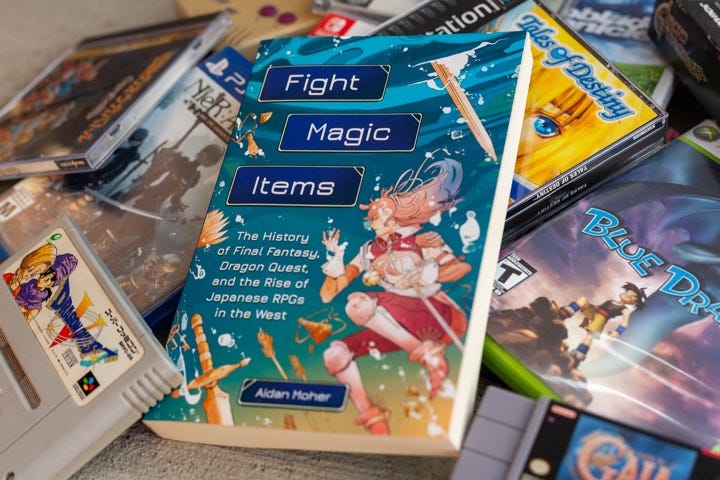
If you’re enjoying this review, please check out my book on the history of Japanese RPGs: Fight, Magic, Items!
There’s warring nations with eerily similar names, ponytailed protagonists, mecha that bear striking resemblance, thematic explorations of repeating life cycles, and individual free will breaking away of predetermined destiny. Xenoblade Chronicles 3’s pony-tailed protagonist Noah is named after Xenogear’s working title (Project Noah) and he even tries to redeem the game’s irredemable villain in the final hour—just the same way Xenogears’s protagonist, Fei, tries to redeem its villain Krellian. Genocide is generally not redeemable, I’d argue, but Fei and Noah disagree. There’s a humanity born from a technological Noah’s2 ark, only to be destroyed and rebooted over and over again to fit the selfish desires of a mysterious ruling figure.
It’s all there.
Except.
The Road Goes Ever On And On And On
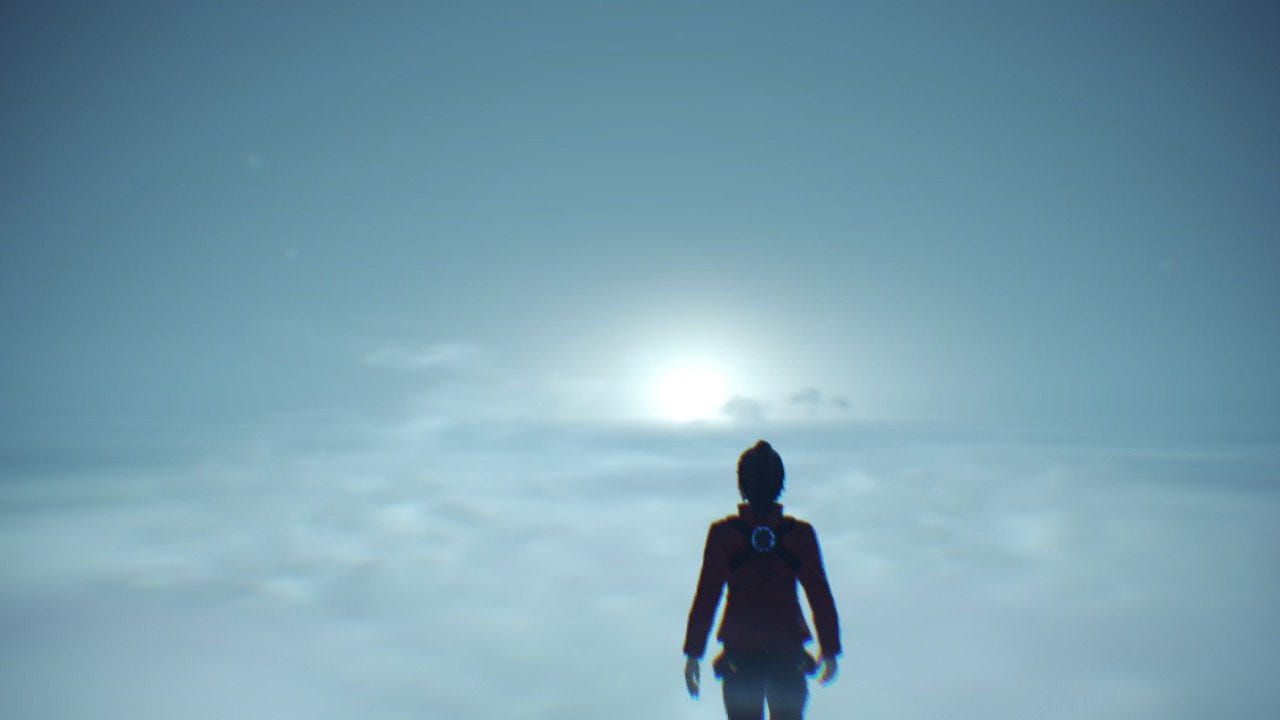
Xenogears’s story is dense and dramatically paced—filling its 65 hour run time with an absurd amount of story, themes, plots, subplots, lore, twists, infodumps, and more. It’s a long game, but something of note happens every five or ten minutes. If you play for an hour, you’ll experience appreciable plot progress no matter where you are in the game. And this is where Xenoblade Chronicles 3 strays from Xenogears to its detriment. Despite sharing many of Xenogears’s story ideas and themes, Xenoblade Chronicles 3 sacrifices depth and detail for meandering world exploration and side quests. It took me 89 hours to complete Xenoblade Chronicles 3—25 hours longer than Xenogears—despite skipping the majority of side quests, and completing only a handful of the major “ascension” quests.
Despite this significantly longer play time, Xenoblade Chronicles 3 features a fraction of the main plot found in Xenogears, and its spread out between countless hours of exploration in regions that are visually interesting and gorgeously rendered but ultimately feel like busywork because they often don’t support the game’s story or themes in any way. I could tell you exactly why every location in Xenogears was included in the game—each town, city, and dungeon had a reason to exist within the game’s narrative and lore. 80% of Xenoblade Chronicles 3’s world is just a playground for the gameplay systesm—including foot combat, mecha combat, crafting, collectables, golden nopon coins, silver nopon coins, ether vials, experience points, class points, etc. etc. etc., which is… fine. Whatever.
But it’s a far cry from the dense, continuous storytelling in Xenogears—which is what I ultimately prefer. There’s 25-30 hours of genuninely interesting storytelling in there, and maybe another 15 hours worth of engaging and emotionally compelling side quests—and the culmination of Chapter 5 and the beginning of Chapter 6 ranks among the most riveting experiences Takahashi has ever conceived—but the other 40+ hours just feels like busywork because modern JRPGs are expected to be super long. Give me 30 hours of dense JRPG storytelling any day of the week over 90 hours of scant bursts of high intensity storytelling padded by hours meaningless exploration.3
So… where’d all that playtime come from?
There’s good writing there, it’s just spread so far between, and the player has to work too hard to find it.
The side quests, especially the aforementioned “ascension” quests—which are basically story-focused side quests that round-off the game’s various party members’s personal subplots—offer some great character beats, and breathe life into an otherwise fairly lifeless world, but they’re often difficult to track down, and would be better served by being more naturally integrated into the game’s overall plot. There’s good writing there, it’s just spread so far between, and the player has to work too hard to find it. Takahashi is going for a more modular structure than his older games—allowing players to dig into the story as much or as little as they want. But with a game that’s already so bloated by traversal and too many gameplay systems, it struggles to find the right balance with a story that engages with genuinely complex ideas.
Short Story, Long Novel
Xenoblade Chronicles 3’s world is undeinably gorgeous, and its environs are interesting to explore, varied in design and look, and use verticality well. It’s fun to traverse the various regions. But there’s just… nothing in them. As an early stage colonial world—Agnus and Keves don’t have any established cities or towns—there’s no culture or history. Not a world where people live, only a world where people die. So, you’re stuck bouncing from colony to colony (which are pop-up communities from the warrning nations, taking place of towns and cities), all of which are more or less interchangable in visual design. A far cry from the appealing JRPG trope of having clever, sweeping, and memorable locations that make exploration a core part of the JRPG experience—it reminds me of something like Lufia on the Super NES where every town looked the same.
I have grand memories of exploring Ni No Kuni’s Ding Dong Dell or getting lost in Dragon Quest XI’s Phnom Nonh, but Xenoblade Chronicles 3 offers nothing like that, despite the size of its world. For the majority of the game’s first four chapters, you’re seeking out a legendary city called… “City.” It’s built up to be something magical, and resides inside a sword that towers kilometers in the air—but when you finally reach it, the dark and industrial setting is a anything but magical. Or even interesting. It’s got less personality or memorable elements than the most basic towns in something like Dragon Quest XI.
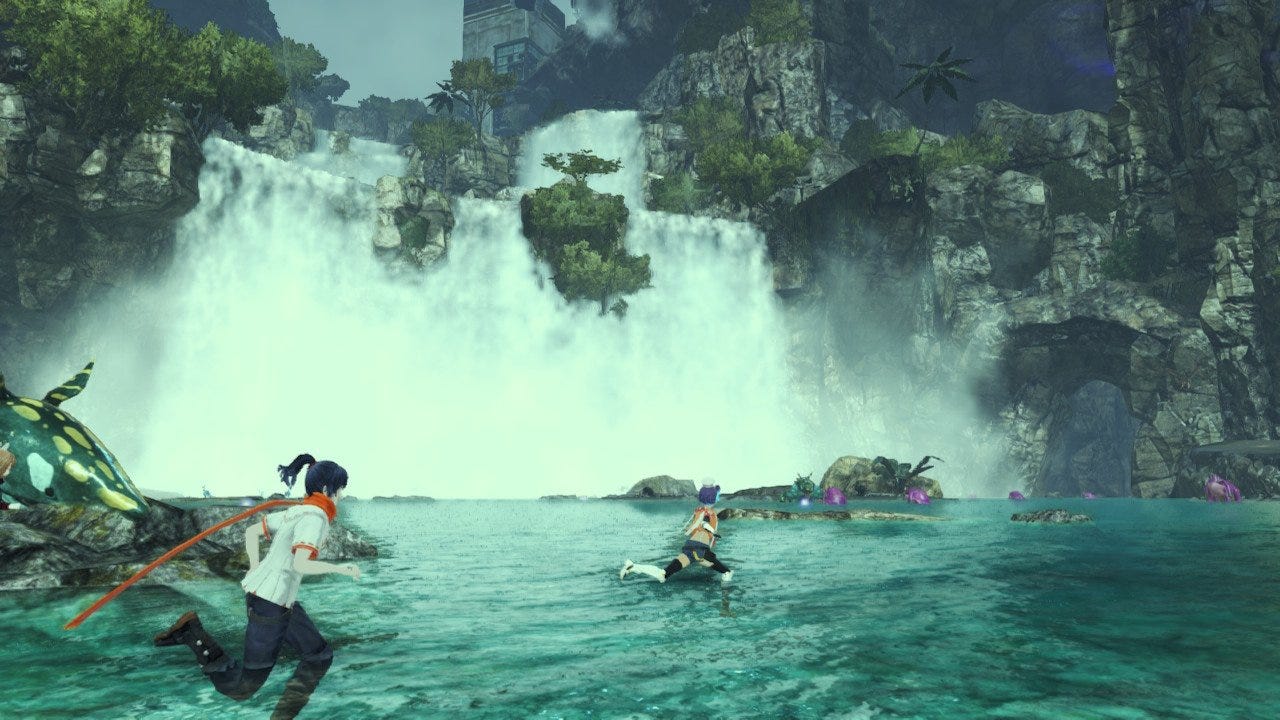
The concept of a pre-colonial alien world where humanity has yet to establish itself4 is interesting in theory—but Xenoblade Chronicles 3 lacks the complexity and variety to sustain the concept over 80+ hours for a basic playthrough (and well over 100 hours if you want to flesh out the colony’s stories by completing side quests.) Like epic fantasy novels, JRPGs have to present worlds that a) are fun to explore, and b) you want to save, and by couching the narrative in a setting that’s purposefully bland, and making the game super long, it outstays its welcome. I loved the characters—Xenoblade Chronicles 3 does a great job or presented a broad range of empathetic characters in a harsh world—but I didn’t really care about the larger world, so its existence, a pivotal part of the game’s climax, wasn’t a bother to me emotionally. I was so ready to leave those colonies behind and discover a riveting, deeply lived-in world after 15 or so hours, like I’ve come to expect from JRPGs, but that just never materializes. It’s world with no history, no presence, no culture, and communities that were parachuted into its empty expanse with no ties to the larger environments. This is all part of the game’s overarching plot, and is justified by the game’s ending, but it’s better suited to a much shorter, denser, and narratively complex execution.
Xenoblade Chronicles 3 feels like a novella stretched to the length of a Robert Jordan novel.
It’s clear Takahashi wants to tell a huge, epic story that digs into a lot of themes not traditionally explored in depth by video games. It’s also clear he can tell those types of stories, evidenced by Xenogears. But, as the Xenoblade Chronicles series has reached a larger and larger mainstream audience, he’s had to adapt to create something that’s more gameplay-driven than story-focused, and that ultimately undermines what I think makes Takahashi a special creator. With his complex stories boiled down to extended cut scenes scattered between long sessions of world exploration, status screens, and overly-long combat, Xenoblade Chronicles 3 feels like a novella stretched to the length of a Robert Jordan novel. Its story bits are padded not with essential lore, but overlong descriptions of beautiful landscapes, its intense emotional moments are accentuated by combat that takes three times longer than it should. It’s too long. Too much. Everything’s just… too big. Except the story.
But, like the protagonists in his games, Takahashi will try again. And again. And again. And, maybe one time, he’ll break the cycle and get it right.
Xenoblade Chronicles 3 is available from Nintendo for the Switch. End Step
While flagship Astrolabe issues will always be free, I’m looking to expand my offering for paid subscribers, so you’ll be seeing more one-off features like this from time-to-time. I hope you enjoy it, and thanks for supporting Astrolabe!
Support
There are lots of ways to support Astrolabe and my other work. Check ‘em out!
Keep In Touch
Enjoy Astrolabe? Want more SFF and retro gaming goodies? You can find me on Twitter and my website.
Credits
Astrolabe banner photo by Shot by Cerqueira on Unsplash
Famously, completing Xenogears revealed it to be “Part V” of a much larger story that would stretch across multiple games. A sequel, however, was eventually canceled by Square due to their film, The Spirits Within, sucking up all the attention and budget. Takahashi would never get to make another Xenogears, but he’s a couple of attempts to reboot the series—first as Xenosaga and now as Xenoblade Chronicles. ↩
Oh, hey! ↩
Or, conversely look to Elden Ring for a way to create a compelling 100+ hour experience with very, very light narrative elements. ↩
If you haven’t, consider checking out Mary Doria Russell’s incredible novel, The Sparrow. ↩

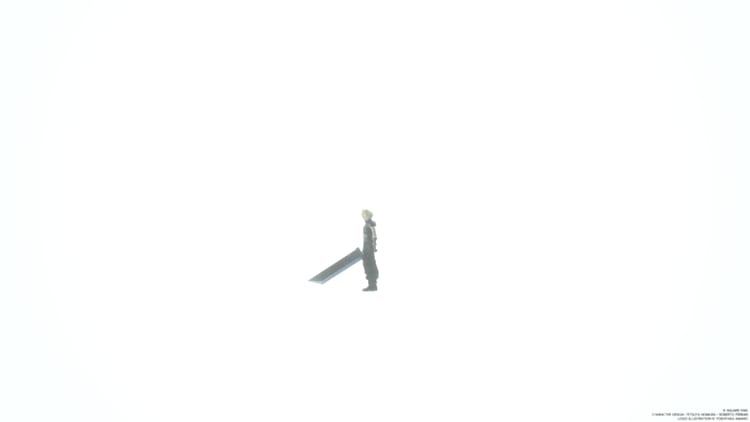

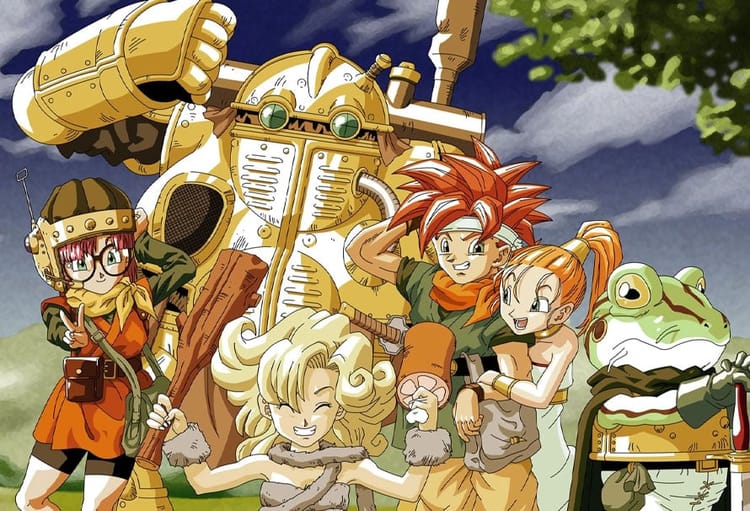
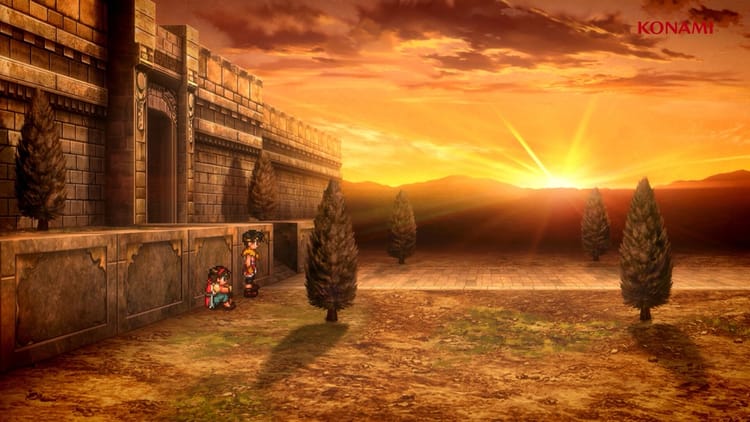
Member discussion